Devastating volcano eruptions in human history
Volcanoes are nature’s spectacular way of venting their inner fury. These geological formations can be found across the globe, and their eruptions are often both terrifying and awe-inspiring.
The explosive power of a volcanic eruption is a reminder of the dynamic nature of Earth. Let’s dive into the fascinating world of volcanoes and explore some of the most intriguing eruptions throughout history.
Understanding Volcanic Eruptions: A Quick Guide
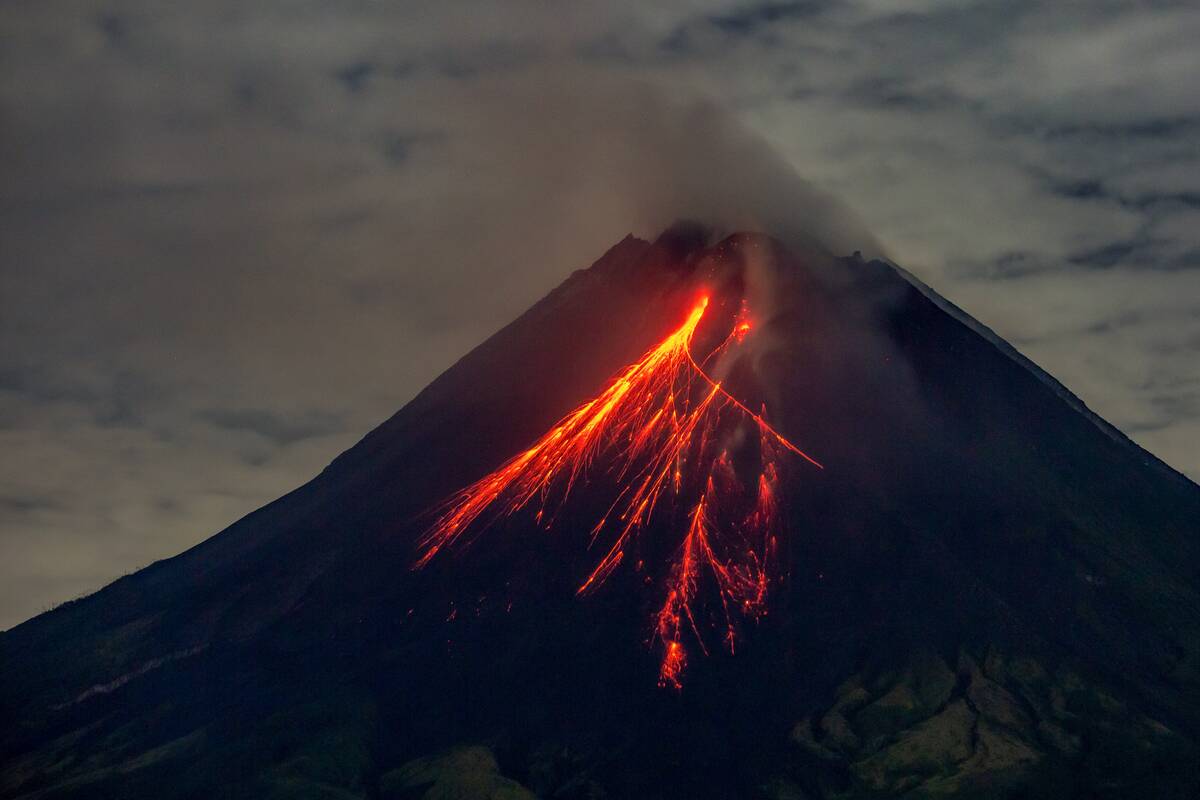
Volcanic eruptions occur when there is an accumulation of magma beneath the Earth’s crust. This magma, once it finds a path to the surface, erupts as lava, ash, and gases. The intensity of an eruption depends on factors such as magma composition and the presence of water.
Understanding these elements helps scientists predict eruptions and mitigate their impact on human populations.
Pompeii’s Peril: The Eruption of Mount Vesuvius (79 AD)
![Mount [redacted] Erupting](https://media.tellmebest.com/wp-content/uploads/2023/08/mount-vesuvius-erupting-67058.jpeg)
The eruption of Mount Vesuvius in 79 AD is one of the most infamous in history, burying the Roman cities of Pompeii and Herculaneum under a thick carpet of ash. The cities were lost for nearly 1,700 years before their accidental rediscovery.
This event provides historians and archaeologists with a snapshot of Roman life, preserved remarkably well under volcanic material.
Krakatoa’s Cataclysm: The 1883 Eruption
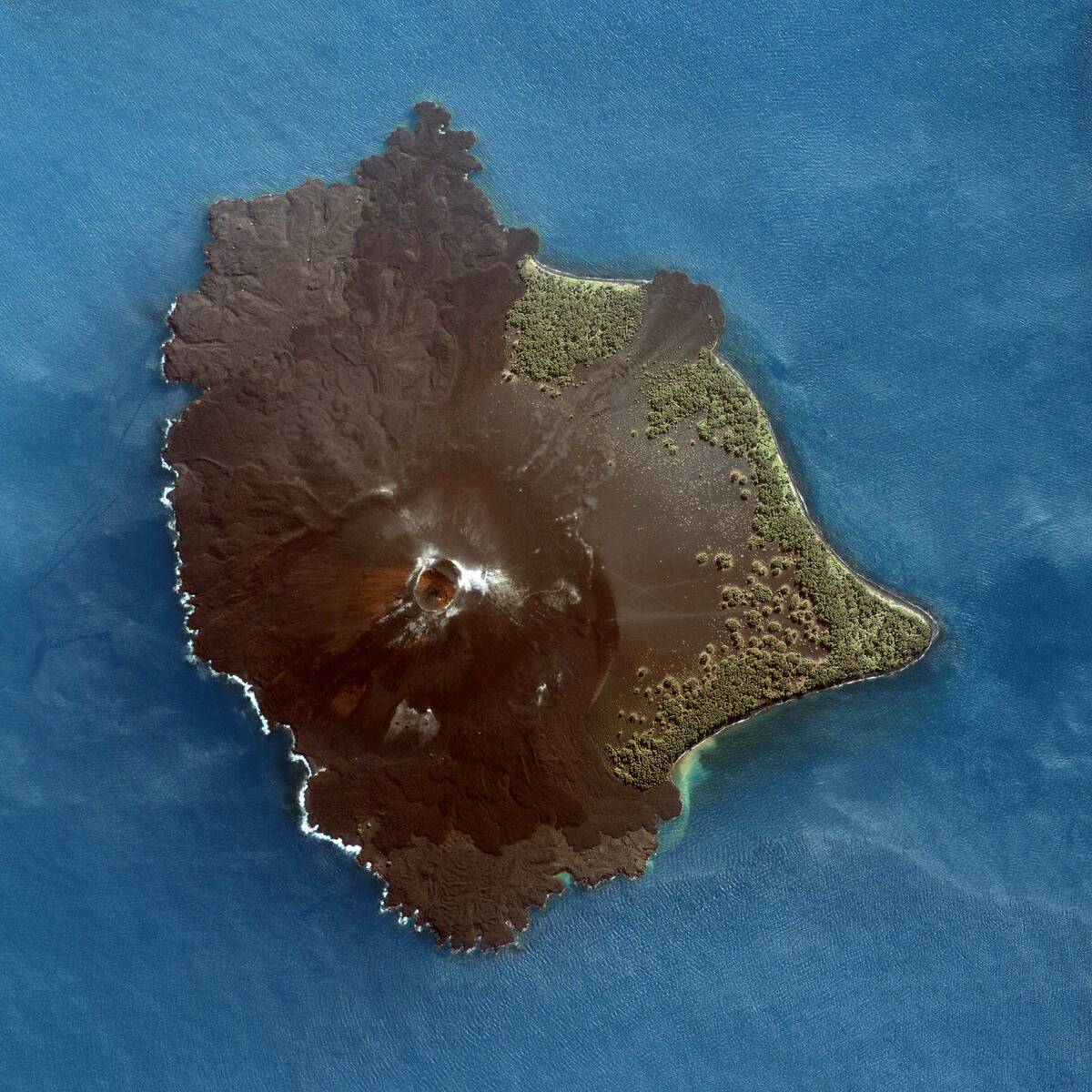
The 1883 eruption of Krakatoa was a cataclysmic event that obliterated two-thirds of the island and was heard as far away as Australia. It generated tsunamis that reached heights of over 40 meters, causing devastation across the Sunda Strait.
The eruption also led to a significant drop in global temperatures caused by sulfate aerosols injected into the stratosphere, which dispersed globally
Mount Tambora’s Tremors: The 1815 Explosion
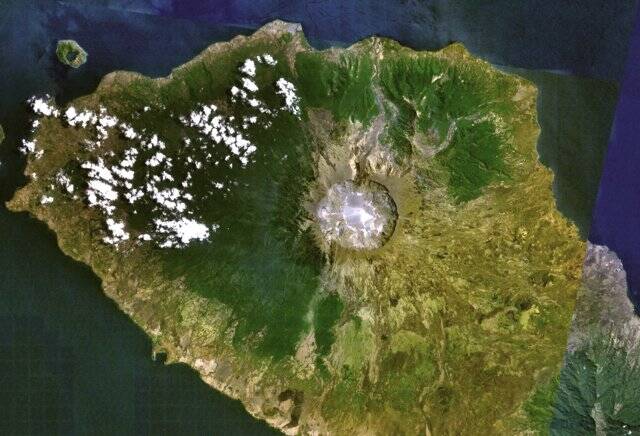
Mount Tambora’s eruption in 1815 is recognized as the most powerful in recorded history. The explosion ejected immense volumes of volcanic material, leading to the “Year Without a Summer” in 1816 due to climate anomalies.
This eruption resulted in widespread agricultural failure and food shortages across the Northern Hemisphere.
The Laki Lava Flow: Iceland’s 1783 Calamity

The Laki eruption in 1783 was a devastating event for Iceland, releasing a massive volume of lava and toxic gases. The fallout resulted in a famine that claimed the lives of approximately 25% of Iceland’s population.
The eruption also impacted air quality and weather patterns across Europe, affecting agriculture and health.
Mount Pelée’s Fury: The 1902 Eruption
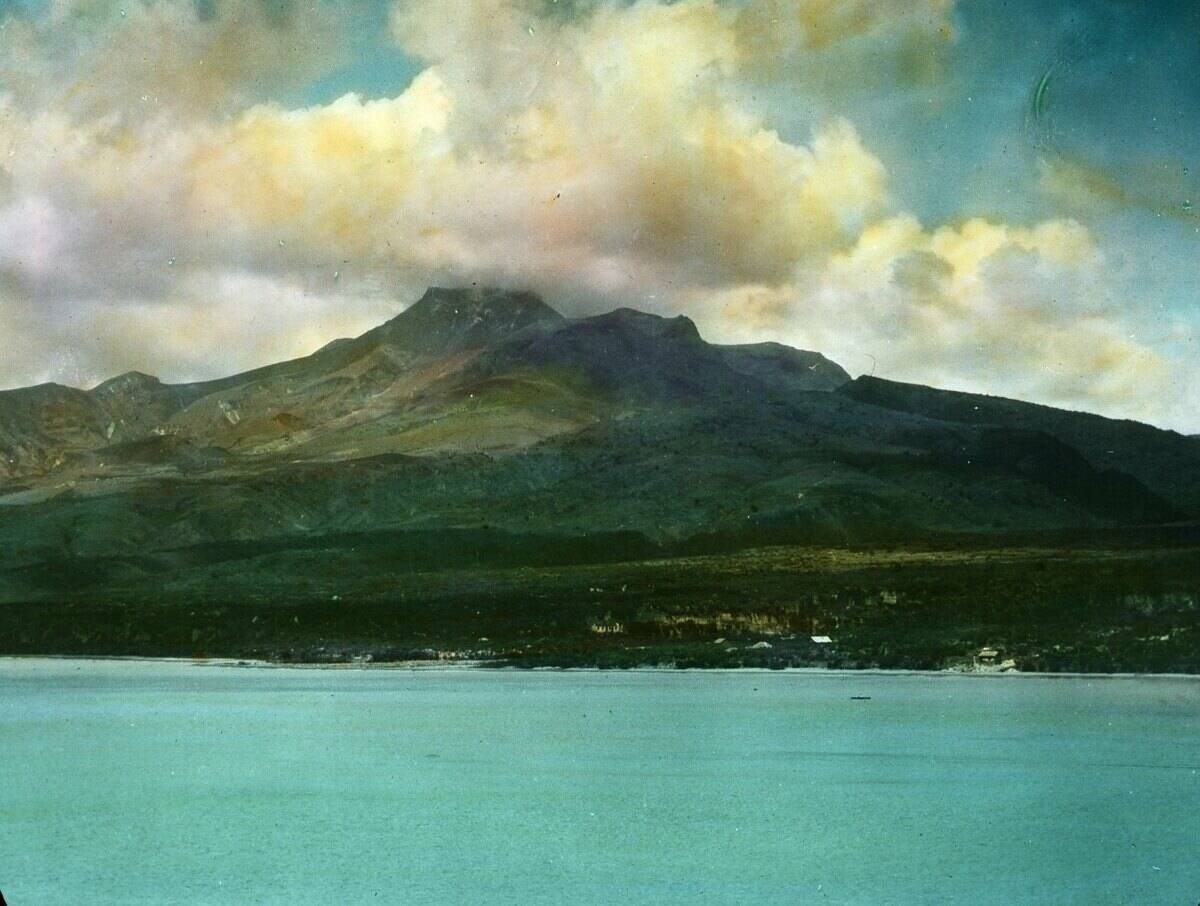
Mount Pelée’s catastrophic eruption in 1902 obliterated the city of Saint-Pierre on the island of Martinique. A deadly pyroclastic flow swept through the city, killing nearly 30,000 people in minutes.
This event remains one of the deadliest volcanic eruptions of the 20th century, showcasing the lethal potential of pyroclastic flows.
Unleashing Nyiragongo: The 2002 Congo Crisis

In 2002, Mount Nyiragongo erupted in the Democratic Republic of the Congo, sending lava flows into the city of Goma. This eruption displaced hundreds of thousands of people and destroyed approximately 15% of the city.
Nyiragongo is known for its fast-moving lava, which can reach speeds of up to 60mph, making it particularly dangerous.
The Explosive Power of Mount St. Helens (1980)

The 1980 eruption of Mount St. Helens was a landmark event in the United States, characterized by a massive debris avalanche and lateral blast.
The eruption reduced the elevation of the mountain by over 400 meters and obliterated nearly 600 square kilometers of forest. It also prompted advances in volcano monitoring and emergency response strategies.
The Mystery of Thera: Santorini’s Ancient Blast
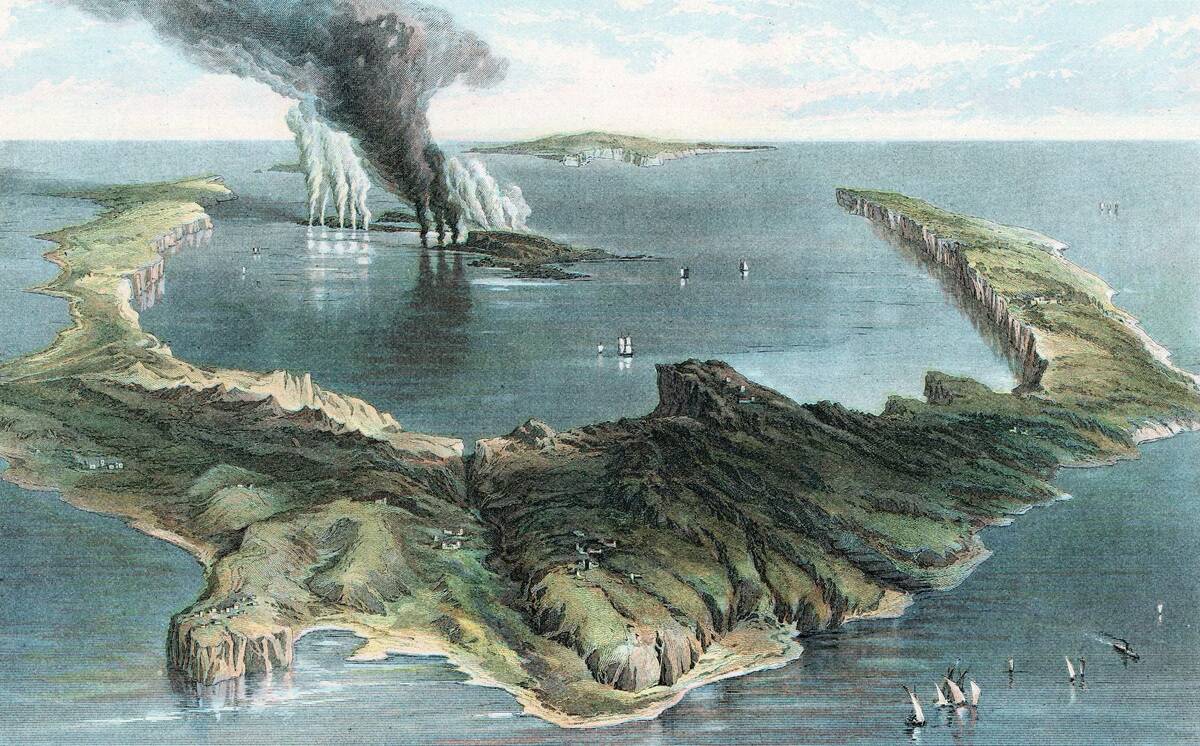
The eruption of Thera, part of present-day Santorini, around 1600 BC, is shrouded in mystery and myth. This Bronze Age eruption was one of the largest in the last several millennia and may have inspired the legend of Atlantis.
The resulting caldera formation significantly altered the geography of the region and impacted ancient civilizations, including the Minoans.
The 1991 Pinatubo Eruption: A Philippine Phenomenon
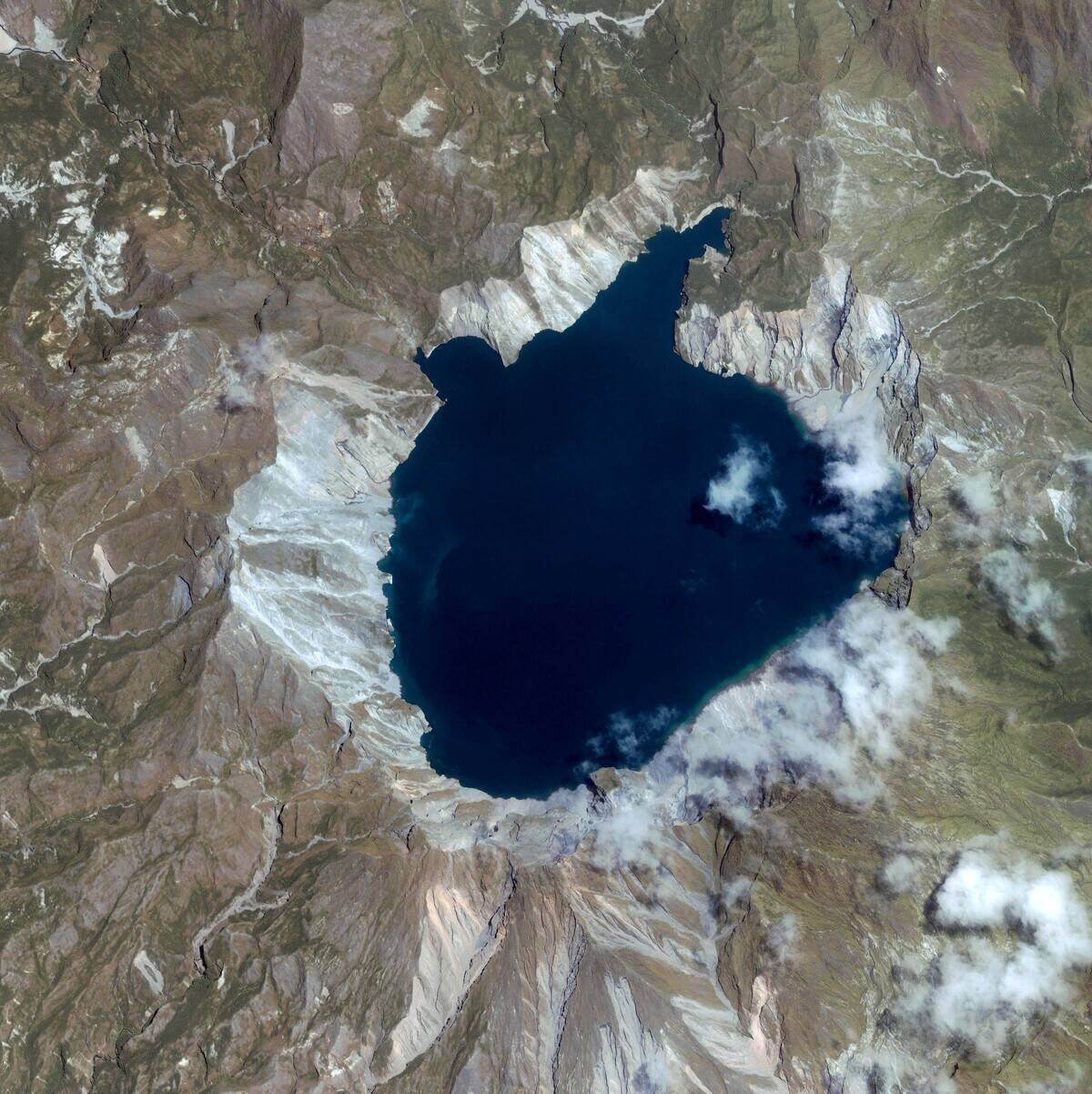
Mount Pinatubo’s eruption in 1991 was one of the largest eruptions of the 20th century. The event spewed millions of tons of sulfur dioxide into the atmosphere, leading to a global temperature drop.
The eruption resulted in significant evacuation efforts, saving thousands of lives, and highlighted the importance of volcanic monitoring and preparedness.
Nevado del Ruiz: Colombia’s 1985 Tragedy

The eruption of Nevado del Ruiz in 1985 triggered a deadly lahar that buried the town of Armero under mud and debris. The tragedy claimed the lives of over 23,000 people, making it one of the deadliest volcanic disasters in history.
This event emphasized the need for improved early warning systems and emergency planning in volcanic regions.
The Deadly Eruption of Mount Unzen (1792)
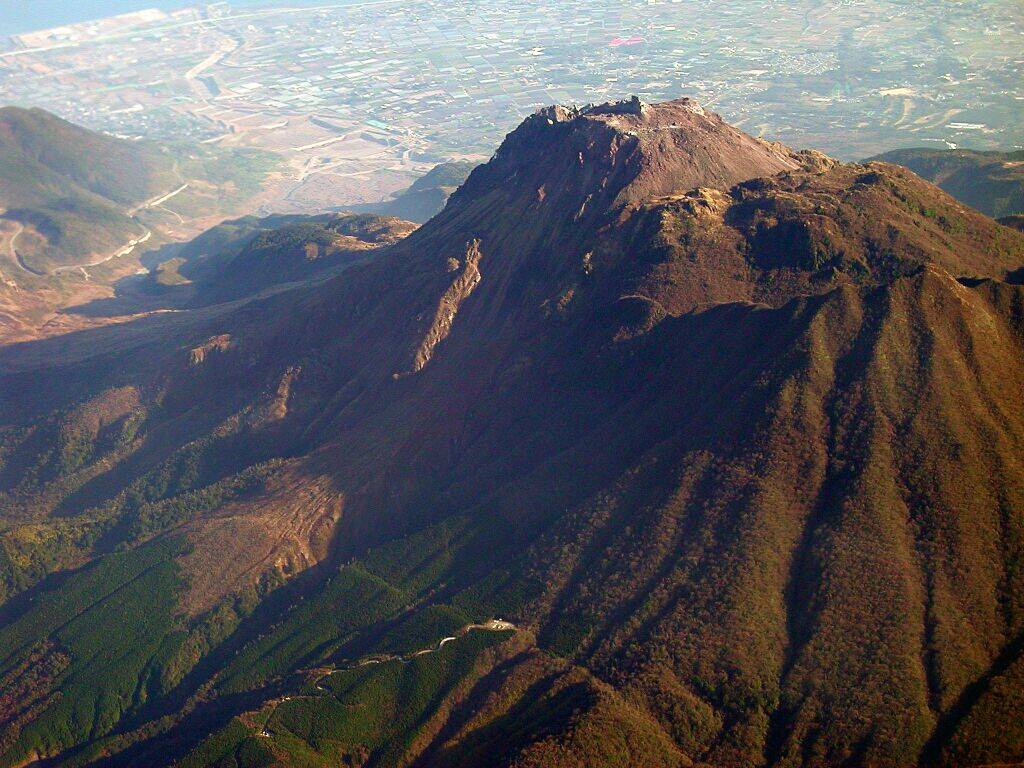
Mount Unzen’s eruption in 1792 is notorious for the catastrophic landslide and ensuing tsunami it triggered. The disaster claimed the lives of approximately 15,000 people, making it Japan’s deadliest volcanic event.
This eruption serves as a stark reminder of the potential secondary hazards associated with volcanic activity.
Mount Merapi’s Menace: Indonesia’s 2010 Eruption
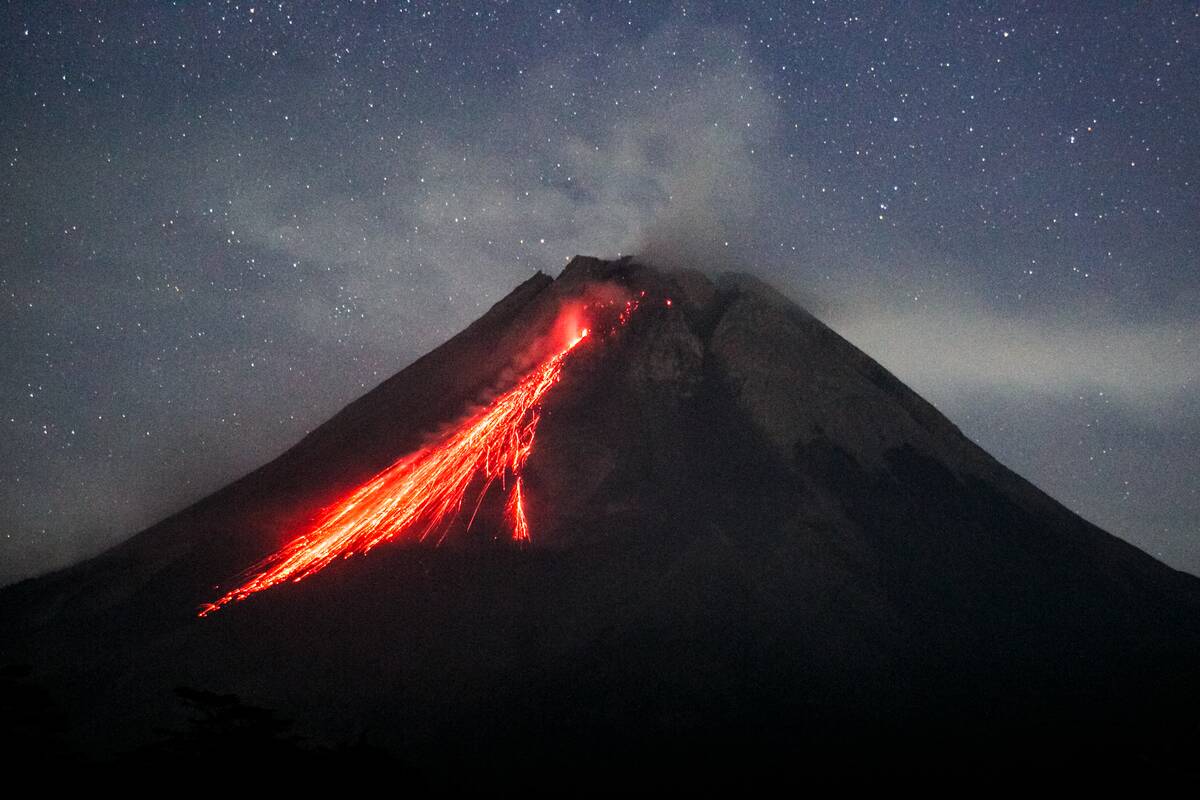
Mount Merapi, one of Indonesia’s most active volcanoes, erupted in 2010, leading to widespread destruction and loss of life. The eruption forced the evacuation of thousands and resulted in significant ashfall over densely populated areas.
Merapi’s frequent activity underscores the ongoing volcanic risk faced by communities living near these fiery giants.
Eyjafjallajökull’s 2010 Eruption: The Ash Cloud that Stopped the World
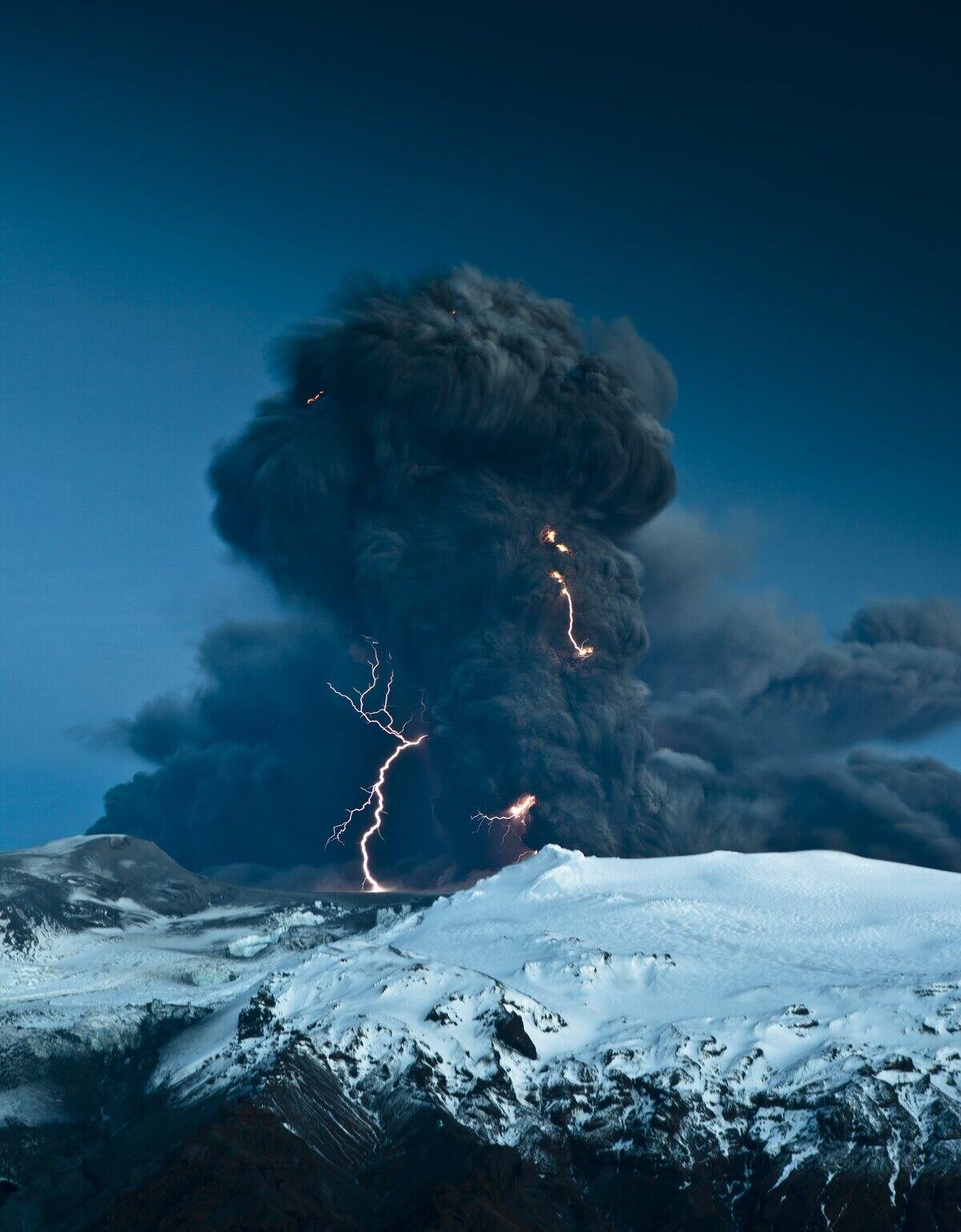
Eyjafjallajökull’s eruption in 2010 captured global attention when its ash cloud disrupted air travel across Europe. The volcanic ash posed a hazard to aircraft engines, leading to the cancellation of thousands of flights and affecting millions of travelers.
This eruption highlighted the interconnected nature of global systems and the far-reaching impacts of volcanic activity.
The Lethal Legacy of Mount Kilauea’s 2018 Activity

Mount Kilauea’s eruption in 2018 was a dramatic display of volcanic power on Hawaii’s Big Island. The eruption led to the destruction of over 700 homes and reshaped the island’s landscape with new lava flows.
Kilauea’s persistent activity is a reminder of the island’s volcanic origins and the ongoing geological processes at play.
The Havoc of Huaynaputina: Peru’s 1600 Eruption

The eruption of Huaynaputina in 1600 was the largest volcanic event in South American recorded history. It ejected an enormous volume of ash, leading to crop failures and a famine that affected the region for years.
The eruption’s climatic impact extended as far as Europe, contributing to the global cooling events of the early 17th century.



